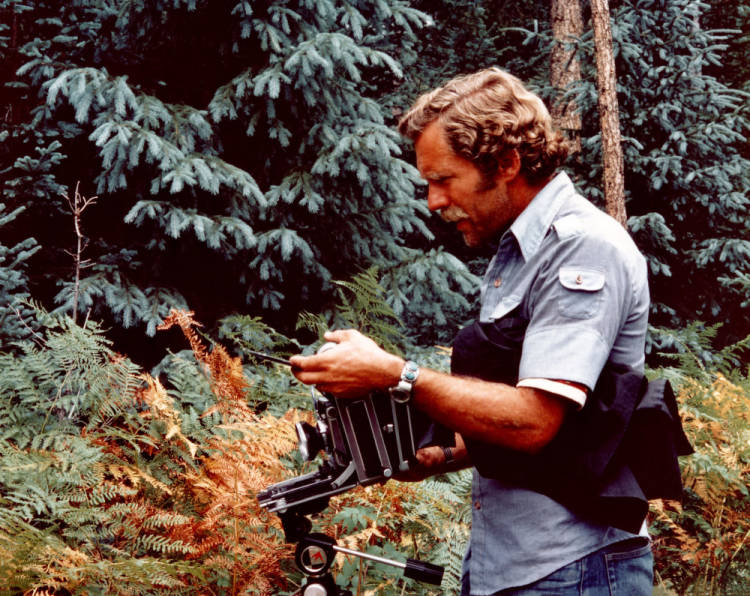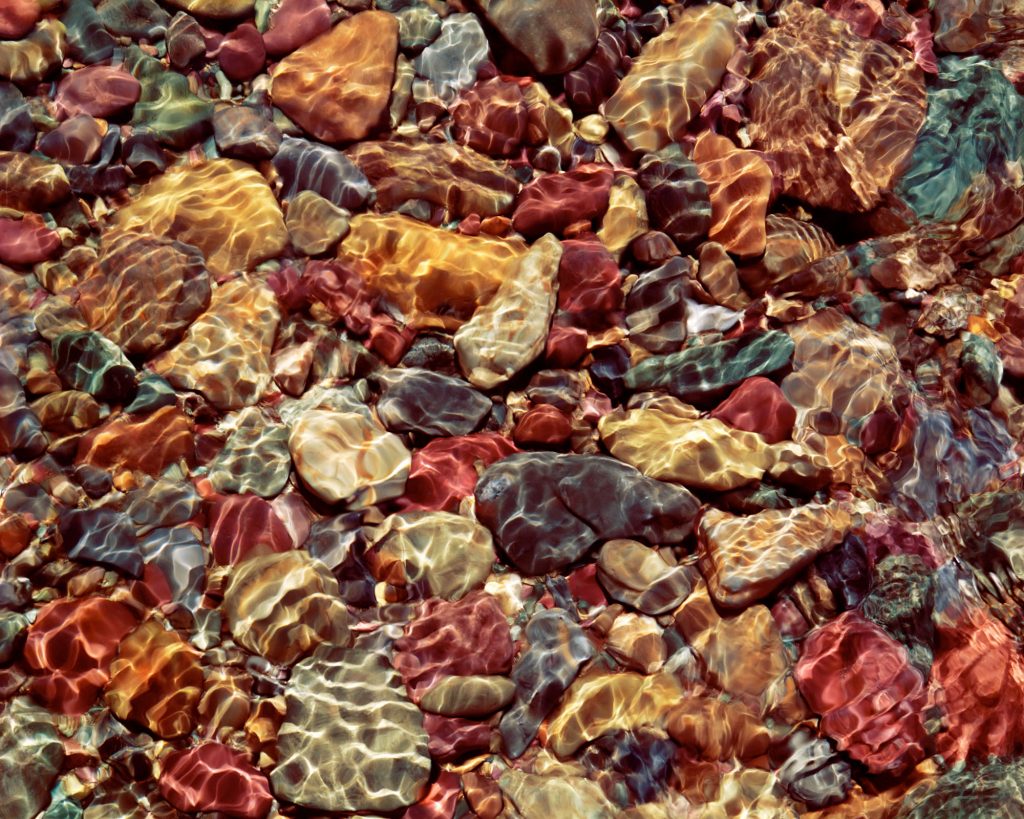
“When you photograph, you capture forever a form that will exist for only a moment. For me, that’s a very powerful act.”
–David Muench’s Arizona: Cherish the Land, Walk in Beauty (1997), p.52
Over his 70 year career, David Muench contributed his photographs to countless publications and products. His work was displayed in several solo and group exhibits. Muench published over 70 books in collaboration with various prominent writers, such as Edward Abbey, Ann Zwinger, and his wife, Ruth Rudner. Some of these titles were subject-based, like slot canyons or rock art, while others were regional, typically either by state or by National Park or other geographic area. The David Muench Photography records now held by Special Collections and Archives measure in at about 410 linear feet of (mostly photographic) material, which is nearly the length of a football field, just to give an idea of the sheer volume of work that he has produced.
David Muench was born to Josef Muench and Joyce Rockwood Muench on June 25, 1936 in Santa Barbara, California. Josef was a landscape photographer himself and forged a jumping off point for David through his connections and established photography processes. Following in his father’s footsteps, David Muench became enamored with the landscape of the American Southwest. In January 1955, at just 18 years old, Muench’s first image was published in Arizona Highways magazine, launching him into a future filled with commercial successes.

For David Muench, the image is the experience. Anything he could tell the viewer would pale to what his photograph could say. Even through experimenting with different camera and film types, Muench remained steadfast in what made an image impressive, hardly deviating from his tried-and-true techniques. He started with a location and an instinct, a feeling that the clouds in the distance were going to move in and play with the landscape below them. Then he would set up his equipment and composition, wait with a steady breath. When he found what he was looking for, camera carefully balanced on his knee, Muench took three to five photos, knowing each one would be subtly different.
Whether it was a natural weather phenomenon or an ancestral dwelling, there was always something that drew David Muench into the wild. Alive and ever-changing, the American landscape held new explorations and moments to enjoy for him. Muench’s work shows an obvious eye for contrast, whether achieved through light and dark or via a set of complementary colors. He used a few common framing conventions, including his windows and “near/far” technique. Muench’s windows place the viewer in the landscape, peering through a hole in a structure to see something on the other side. His “near/far” technique eliminates the midground for an intense sense of scale and depth. Muench also tended to use a lot of naturally occurring patterns and leading lines as points of interest to guide the viewer through the image and to his focal point.
